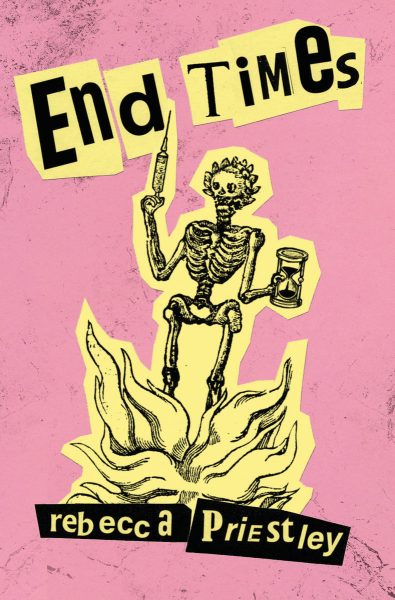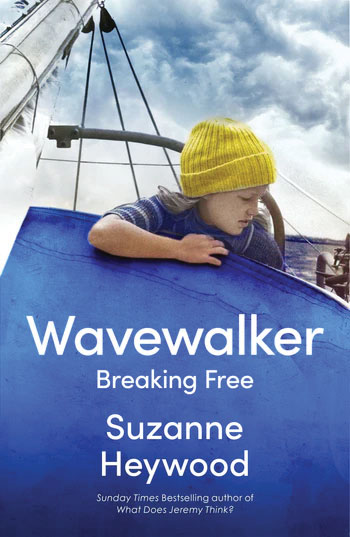The Facemaker: One Surgeon’s Battle to Mend the Disfigured Soldiers of World War I
Lindsey Fitzharris

Some surgeries are rough as guts. During a caesarean section, for example, such force is exerted that the mother can feel herself shunting about on the table. But there is another, more gentle kind of surgery which strikes me as something like a manifestation of grace. So much training and precision, so much hope, concentrated at the blade of a scalpel.
It’s that kind of surgery—the transcendent kind—that pioneering New Zealand-born surgeon Sir Harold Gillies brought to bear on hundreds of patients during World War I. He pushed to set up a specialist hospital in England, then set about operating on faces, continuously coming up with new ways to rebuild blasted noses and jaws and self-worth. “A strange new art,” he called it. We call it plastic surgery.
Gillies was born in Dunedin in 1882, and spent almost his whole childhood in New Zealand (except for a stint at an English boarding school). Formative experiences, including the out-of-the-blue death of his father, are recounted with compassion and colour. By the time Gillies is 18, headed for Cambridge University and his career in medicine, we’re invested.
Fitzharris has a knack for the evocative—her version of World War I stinks and moans; the scale of it bewilders. Startling lines abound. The dead, she writes, “hung like laundry over barbed wire, covered inches deep with a black fur of flies”. And here she is opening the Battle of the Somme: “Men began dropping under a deluge of explosives, shrapnel, and gunfire. They fell so quickly that it looked as though they had been ordered to lie down.” She frequently brings an individual soldier into the frame to illustrate a point. One of Gillies’ surgical breakthroughs, say, or—more often—the havoc a facial injury can play in a person’s life, his very sense of self.

Sergeant Sidney Beldam, pictured here, fell during the Battle of Passchendaele. Three days later, men sent to retrieve the dead found he was still breathing. I think this is the only time Fitzharris deploys italics: Beldam went through, she writes, “nearly forty operations under Gillies”. Relationships often didn’t survive a facial disfigurement, but Beldam had a different sort of luck. Walking in the grounds of the hospital, he came face to face with a young woman who had come to play piano for the wounded. “It was love at first sight.”
Fitzharris paints Gillies as pragmatic, optimistic, unflaggingly decent. He had to be. We come to understand that, in focusing on facial injuries, he let himself in for a world of problems. Facial injuries bleed hard and fast, to the point that if he lay down, a man could choke on his own blood. So Gillies would often operate with the patient sitting upright.
He made sure the soldiers were fed properly—it’s the little things—and he never flinched from their injuries, although many were so gruesome he banned mirrors on the wards.
Sometimes, the faces of these men were so broken that the gas masks used to administer anaesthesia wouldn’t fit properly (in one scene, Gillies bends over a patient and inhales great gulps of leaked ether himself). Those masks got in the way of his work, too.
Complicating matters was the fact that often, before starting the rebuild, Gillies had to undo the frantic, slapdash work of field surgeons. Meanwhile, his own work was never done: patients frequently underwent dozens of surgeries, with months-long bouts of recuperation between each. In all of this Gillies had no teachers or text books or plasma, no penicillin.
What he did have was an unusual bent for innovation, an artist’s eye, and the benefit of sheer scale: an endless stream of broken men on which to try and try again.

















